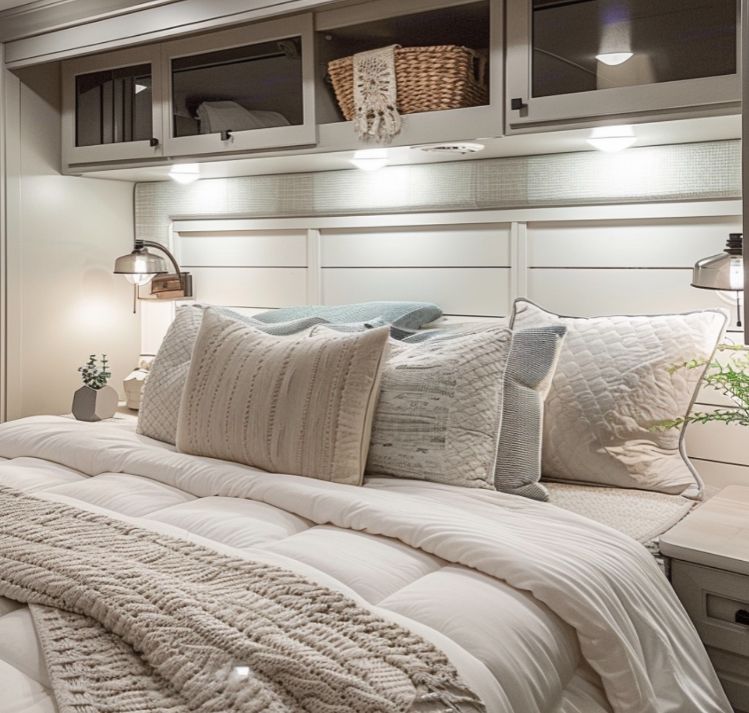At 15, Emily Carter came home from school to find a note on the kitchen counter and an empty house. Her parents had left — no explanations, no forwarding address. With no relatives willing to take her in, she bounced between foster homes, shelters, and, eventually, short-term rentals she could barely afford.
“I learned early on not to get too comfortable anywhere,” Emily said. “Every place I stayed felt temporary, like the rug could be pulled out from under me at any moment.”
By her mid-twenties, Emily was working two jobs just to cover rent. The dream of having a place of her own felt impossibly far away. She had no savings, no family safety net, and little time to think about anything beyond the next bill.

Her turning point came one rainy afternoon when she stopped by a local community center to warm up. There, she met Laura Mitchell, a volunteer who often organized neighborhood outreach events. Laura struck up a conversation, and over the next few weeks, the two began to talk more.
One day, Emily opened up about her past and the challenges she faced. “I didn’t expect her to do anything,” Emily said. “I just needed someone to listen.”
But Laura couldn’t shake Emily’s story. She began making calls to friends, nonprofits, and local businesses. Eventually, she connected with a small housing initiative that specialized in building tiny homes for people in vulnerable situations. When Laura explained Emily’s situation, the group agreed to help — and Laura offered space in her own backyard for the build.
The project became a community effort. Neighbors donated paint and décor, a local carpenter built custom shelves, and a gardening club contributed potted plants to brighten the porch. Over eight weeks, what had been an empty patch of grass transformed into a small but beautiful home designed just for Emily.

The exterior was painted soft cream with pale blue trim, a color combination Emily had once mentioned reminded her of peace. Inside, every detail reflected her personality — a cozy reading nook by the window, a kitchen with open shelving for her favorite mugs, a loft bed with warm lighting, and a tiny desk where she could write in her journal.
On the day Laura handed her the keys, Emily hesitated at the doorway. “I’ve never had a key to my own place before,” she admitted. Stepping inside, she ran her fingers over the countertop, the bookshelves, the smooth wooden floor.
“This is mine,” she whispered, almost in disbelief.
That first night, Emily stayed up late just listening to the quiet. No slamming doors, no unfamiliar voices, no fear that she’d be told to leave. For the first time in her life, she felt a sense of permanence.
Now, Emily spends her evenings reading on the porch, hosting tea for friends, and tending to the little herb garden outside her window. She’s even started saving for the future — something she never thought she’d be able to do.
“It’s not just a house,” she said, smiling. “It’s the first place that’s ever felt like home.” 

Leave a Reply